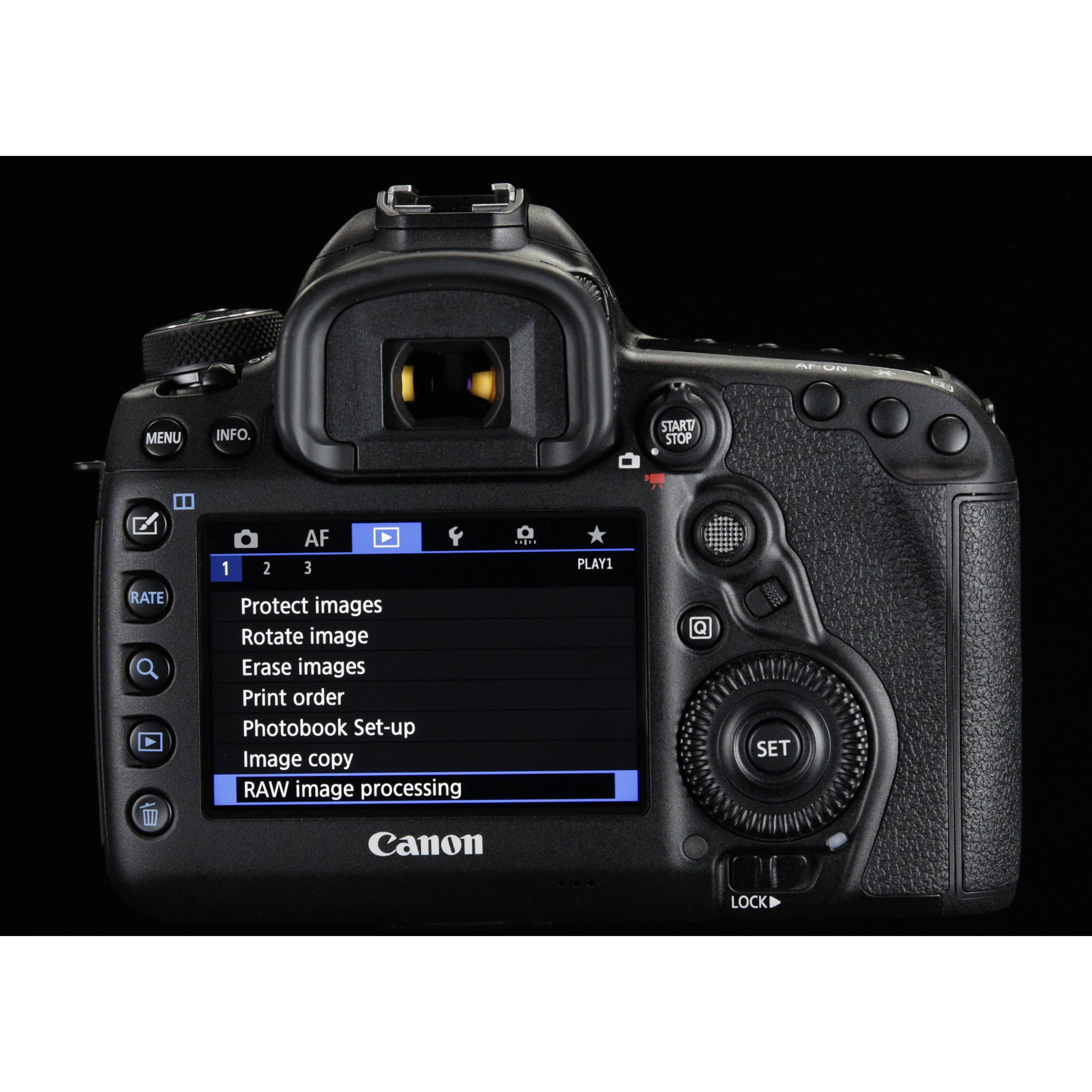
Once ML is installed, you should enable the MLV RAW video module in the Magic Lantern menus to get shooting with it.
#Magic lantern canon 100d update
Now in the main menu of the 100D, select the firmware update option like before, and follow the on-screen instructions again. FIR setup file) to the root directory of your SD card. Next copy the Magic Lantern files (autoexec.bin, ML folder and the.

FIR file from your SD card and turn off your camera. Once that’s installed on your 100D, delete the Canon update. That step is straight forward, simply Google “Canon 100D firmware update” and go to the official Canon page, then follow the usual instructions.

#Magic lantern canon 100d download
Here’s the Google Drive download link for it.īefore you update to Magic Lantern’s firmware, the 100D has to be updated from the Canon site to version 1.01 if you are running the original 1.00 firmware. I eventually tracked down a copy from January 2017 by user Nikfreak on the 100D thread at Magic Lantern, which the developer had compiled for his own use. The 100D isn’t one of the more common cameras for RAW video so finding an experimental build of Magic Lantern for it (which included the new compressed raw modules) was a bit of a pain, but I managed it. As well as RAW video you can also shoot JPEGs and videos with the EOSHD Film Profiles (Chrome, etc.) or put C-LOG on it.

Some sample frames from my first test clipsĪt around £250 or $300 used, the 100D is a lovely bargain. With Magic Lantern, resolution is crisp and sharp in 1.7K RAW mode and in the 1:1 crop mode as well. In the stock Canon video mode it is as if the sensor is doing a nice output, but the processor is resampling the image to purposefully hobble it with moire and soft detail. But now we have unfiltered direct access to the sensor output in video mode with RAW, it seems the sensor isn’t so much to blame as Canon’s image processor. Amazingly the problem largely goes away with the RAW recordings.įorgive the conspiracy theory, but I thought moire was a result of pixel binning on the sensor itself. The Canon APS-C DSLRs always suffered from pretty horrible moire. The stabilisation works superbly for handheld RAW video too and the lens isn’t so heavy like the Sigma 35mm F1.4 ART or an F2.8 zoom. I like using this camera with the Canon 35mm F2.0 IS.
#Magic lantern canon 100d full
The camera also get its crop mode back with Magic Lantern, so you can do an Ex-Tele GH5-style 1:1 crop when you need the extra reach and haven’t got a 70-200mm handy! This crop mode works in 10bit RAW, with full colour live view and fluid refresh rate, as does the Super 35mm 1.7K. The resolution horizontally is just shy of 2K but there is barely any horizontal crop of the Super 35mm sensor. I do use 2.35:1 (a common Cinemascope one) though because aiming for 16:9 brings the data rate of the recordings up too high for the SD card.ġ728 x 736 is the sweet spot and this was previously unheard of for a Canon APS-C DSLR with Magic Lantern RAW. What makes this Super 35 1.7K RAW possible to SD cards on the 100D is the new 10bit and 12bit compression engine. “Rebels” have slower SD card slots, unlike the 5D Mark III (and 7D) which has a Compact Flash slot enabling at least 80Mb/s write speeds for RAW.

This is the first time such a video-leap has been possible with Canon’s cheapest APS-C cameras. The 100D shoots continuous 1.7K RAW video in 25p and 24p to SD card. It practically eliminates moire and softness. I recently installed an experimental version of Magic Lantern on the 100D and am absolutely taken-aback by how good the image is! The Canon 100D is £250 used and I have always had a bit of a soft spot for it, being the smallest and lightest Canon DSLR body.


 0 kommentar(er)
0 kommentar(er)
